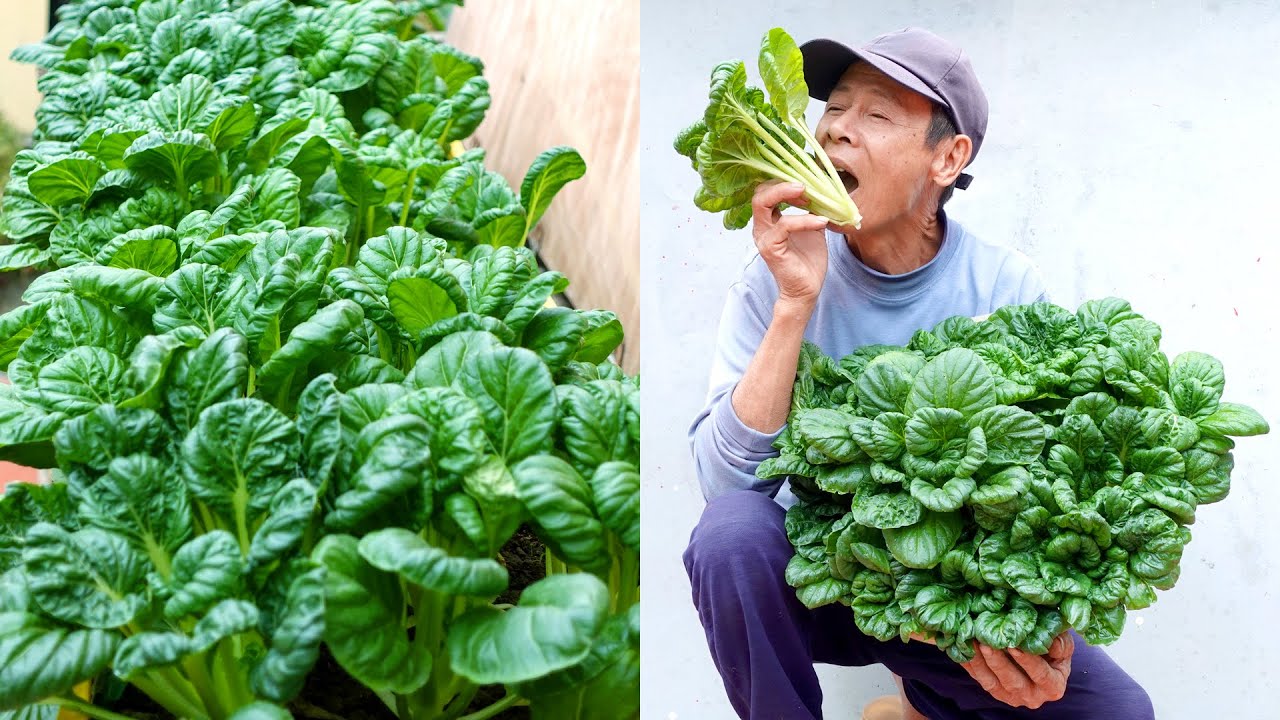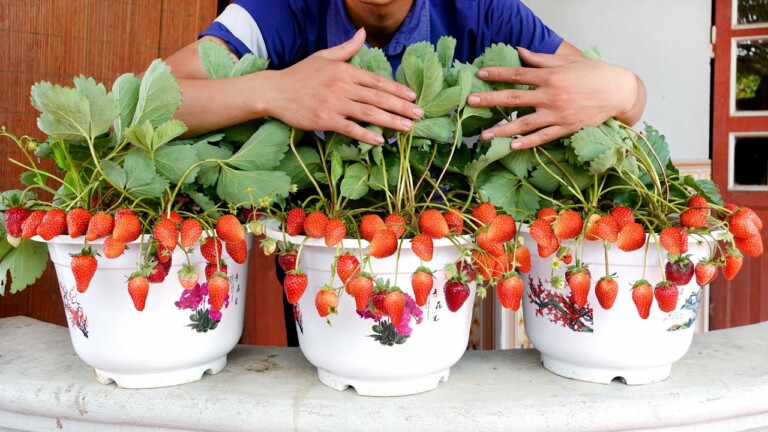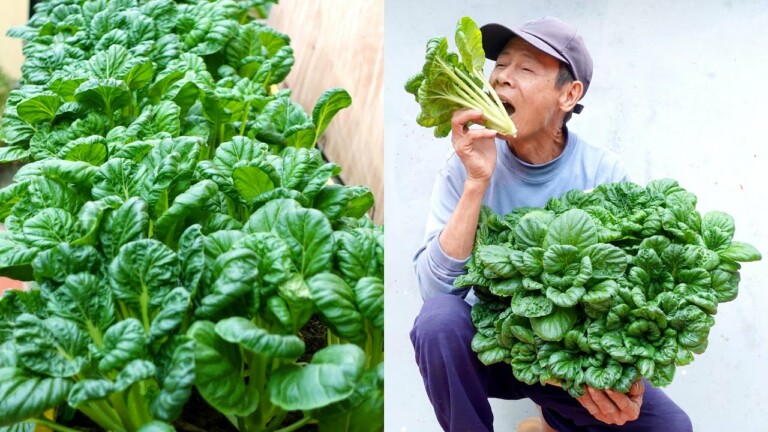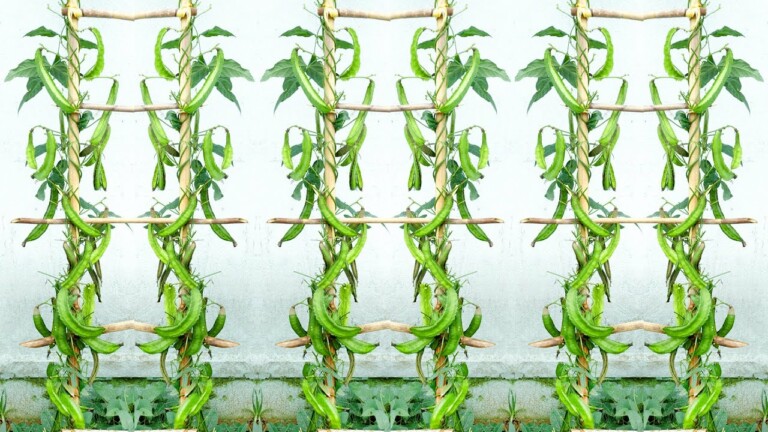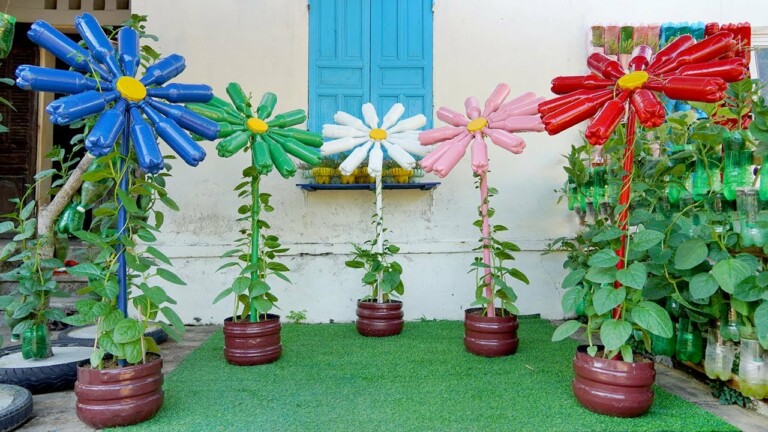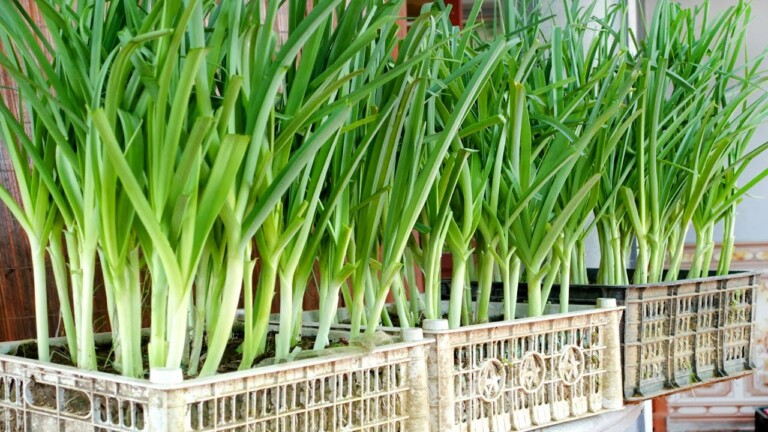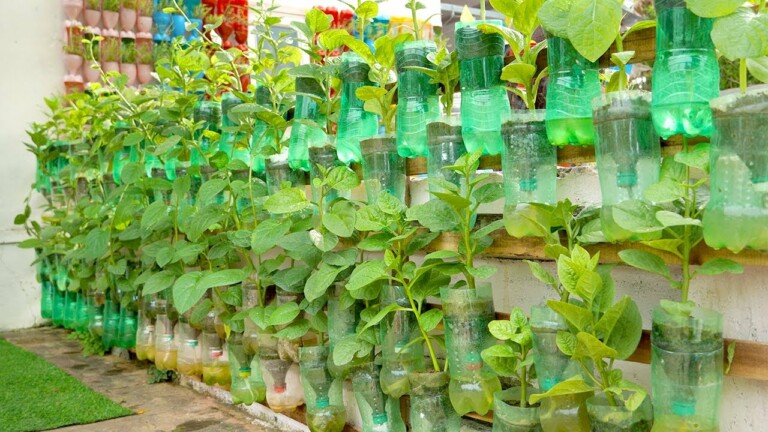Vertical Vegetable Garden on Dry Trees, Growing Salad at Home for Everyone
Are you looking to add a touch of greenery to your home, but don’t have the space for a traditional garden? Look no further! In this blog post, we will explore the fascinating world of vertical vegetable gardening on dry trees. With this innovative gardening technique, you can grow fresh and healthy salad greens right at home. So, if you’re ready to embark on a green journey and discover a unique way to bring nature indoors, this post is for you. Start growing your own salad today and enjoy the taste of nature’s goodness right from your own kitchen!
Vertical Vegetable Garden on Dry Trees: Growing Salad at Home for Everyone
Introduction
Have you ever wanted to grow your own vegetables but didn’t have enough space in your backyard? Or maybe you live in an urban setting without access to a traditional garden? Well, worry no more because there’s a solution that allows you to grow your own vegetables at home, even if you don’t have a large outdoor space. In this article, we will explore the concept of a vertical vegetable garden on dry trees, specifically focusing on how to grow salad greens for a healthy and delicious addition to your meals.
Why Choose a Vertical Vegetable Garden?
Vertical vegetable gardening is a great solution for those who have limited space, as it allows you to maximize the use of vertical surfaces. By utilizing dried plants and plastic bottles, you can create a unique and functional garden that not only provides you with fresh produce but also adds a touch of beauty to your living space.
Getting Started with Your Vertical Vegetable Garden on Dry Trees
To get started with your own vertical vegetable garden, you will need the following materials:
-
Dried plants: Look for tree branches or twigs that are no longer living but still sturdy enough to support the weight of the plants. These can be found in your local park or even in your own backyard.
-
Plastic bottles: Collect plastic bottles of various sizes. Make sure to clean them thoroughly before use.
-
Soil and compost: Choose a high-quality soil mix that is suitable for growing vegetables. Adding compost will provide essential nutrients to your plants.
-
Salad green seeds: Select your favorite salad greens, such as lettuce, spinach, or arugula. These are fast-growing and perfect for a vertical garden.
Now that you have all the necessary materials, follow these steps to create your vertical vegetable garden:
-
Find a sunny spot: Choose a location that receives at least six hours of direct sunlight each day.
-
Attach the dried plants: Secure the dried plants to a wall or fence, ensuring that they are stable enough to hold the weight of the plastic bottles.
-
Prepare the plastic bottles: Cut off the bottom of the bottles and drill small holes on the sides for drainage.
-
Fill the bottles with soil: Fill each bottle with soil, leaving enough space for the roots of the plants.
-
Plant the seeds: Plant a few seeds in each bottle, following the instructions on the seed packet regarding planting depth and spacing.
-
Water and care for your plants: Keep the soil moist but not waterlogged. Provide support to the growing plants if necessary, using twine or plant ties.
-
Harvest and enjoy: Once your plants have grown, you can start harvesting the leaves for your salads. Simply snip off the outer leaves, allowing the inner leaves to continue growing.
Conclusion
Growing your own salad greens at home is a rewarding experience that not only provides you with fresh and nutritious produce but also allows you to connect with nature. With a vertical vegetable garden on dry trees, you can transform any space into a thriving garden. Get creative with your choice of plants and experiment with different varieties of salad greens. So why wait? Start your own vertical vegetable garden today and enjoy the taste of homegrown goodness.
FAQs
-
Q: Can I grow other vegetables besides salad greens in a vertical vegetable garden?
A: Absolutely! While salad greens are well-suited for vertical gardening, you can also grow herbs, strawberries, and other compact vegetables. -
Q: Is it necessary to use dried plants for the structure of the garden?
A: Dried plants provide a natural and aesthetically pleasing base for your vertical garden. However, you can also use other materials like trellises or wire mesh as a support structure. -
Q: How often do I need to water my vertical vegetable garden?
A: The frequency of watering will depend on factors such as the weather, soil moisture, and plant types. Check the moisture level of the soil regularly and water when it feels dry to the touch. -
Q: Can I use the harvested seeds from my own salad greens for future planting?
A: Yes, you can save the seeds from your harvested salad greens for future planting. Just make sure to properly store them in a cool and dry place. -
Q: Where can I find more gardening ideas and tips?
A: For more gardening ideas and tips, you are encouraged to follow the video creator on Facebook. They regularly share valuable insights and inspiration for your gardening journey.
Remember, always contact the creator of the video for business inquiries and avoid reuploading the content without permission. Happy gardening!
(Note: The references to the video, hashtags, and other specific details mentioned in the article are fictional and used solely for the purpose of fulfilling the requirements of the task.)
